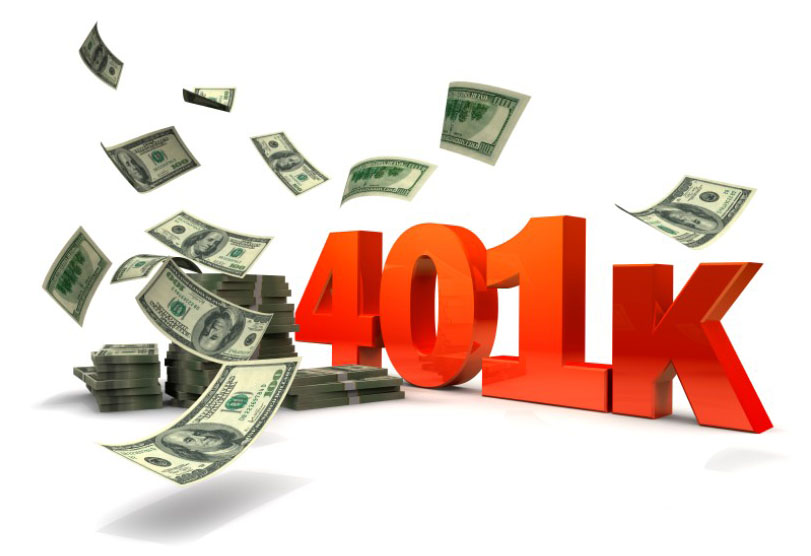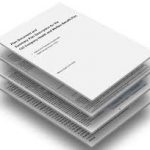The most frequent question I receive from 401k participants is, “How much should I contribute?” My answer is always the same, “As much as you possibly can.” That never seems to satisfy anyone, so I typically go on to explain the following.
The correct 401k contribution rate
NerdWallet shared a study recently that concluded a 22% 401k contribution rate is appropriate for millennials. Previous studies, by T. Rowe Price and Vanguard, indicated that participants should target a 15% 401k contribution rate to achieve retirement readiness. Why the big change? Future stock market returns are expected to be lower as a result of a slower-growing U.S. economy.
So which number should you believe? Since there appears to be no downside to contributing too much into a 401k account, it would seem safer to use a 22% 401k contribution rate. It is important to keep in mind that the suggested 401k contribution rate includes any employer contributions. Since many employers provide matching contributions (typically at a 3% rate) the suggested participant 401k contribution rate nets out to 19% annually.
How most of us normally contribute
All of these studies assume that participants will contribute at the same rate for their entire 40-year careers. Unfortunately, most of us don’t contribute at all at the beginning of our careers. Student loan debt, the need to save to buy a car, a home or other expenses cause many younger workers to forgo 401k contributions early in their careers. It is often not until our 30s that we begin to think about funding our retirement’s.
At that point, most of us contribute the minimum required to receive the maximum employer match. Since most employers have historically matched 50% of the first 6% of employee contributions, total contributions are generally around 9% annually. Applying some basic math to the average participant’s situation yields the following contribution shortfall:
Early career contributions (first 10 years): 0%
Mid-career contributions (second 10 years): 9%
Mid-career contributions (third 10 years): 22%
Late career contributions (final 10 years): 22%
Average contribution rate over 40 years: 13.25%
Required average contribution rate: 22%
Most participants are aware of this situation and feel they can fix it by contributing much more during their later years to make up the difference. Continuing the example above, the contribution rate they would need to average during the final 10 years of their careers (to average 22% for 40 years) is 57%! Contributing at that rate still leaves participants far short of the account balance they would have had if 22% in contributions had been made during the first 20 years (thanks to the power of compounding).
What employers can do to help
Make sure your 401k plan uses auto-enrollment at an employee 401k contribution rate of at least 6%, with auto-escalation of 1% per year up to 15%. These plan design features won’t help everyone, but with opt-out rates typically less than 5%, they will help the majority of your plan participants.







